In the intricate NBA trade market, where seemingly ordinary transactions can conceal significant implications, the Los Angeles Lakers recently completed a deal with the Brooklyn Nets that has garnered attention. The Lakers acquired Dorian Finney-Smith and Shake Milton, while sending out D'Angelo Russell, Maxwell Lewis, and three future second-round draft picks. This trade may not appear groundbreaking at first glance, but upon closer examination, it reveals exciting possibilities. So, why has this trade received widespread attention, and can it help the Lakers return to the top of the competitive Western Conference?
Transaction Overview: What Did the Lakers Gain?
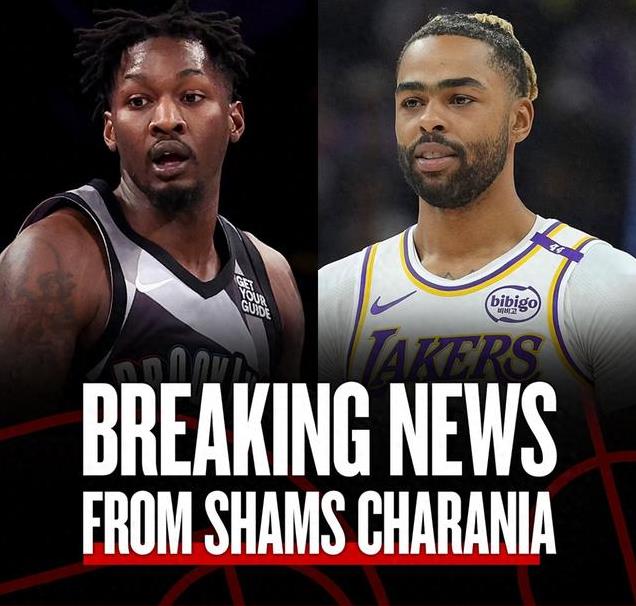
Let's start by looking at the basic details of the trade. The Lakers parted with D'Angelo Russell, Maxwell Lewis, and three future second-round draft picks (2027, 2030, and 2031). In return, the Nets sent Dorian Finney-Smith and Shake Milton to Los Angeles.
You might wonder why this trade is noteworthy—after all, the Lakers gave up an established starting guard and some future draft picks for two role players. But what exactly did the Lakers gain?
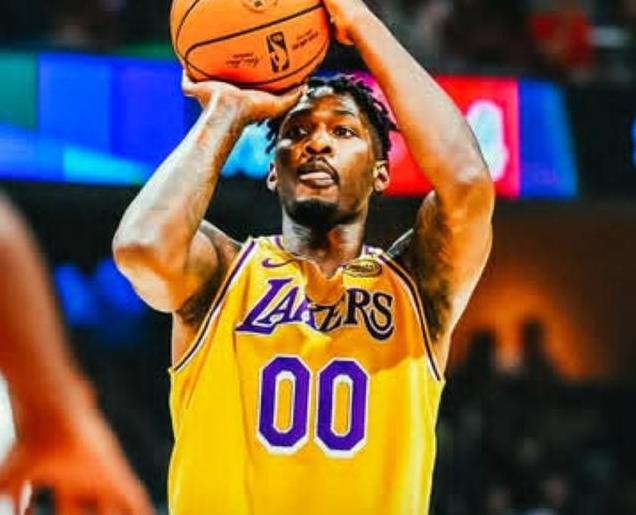
Dorian Finney-Smith: A Shield of Steel on the Perimeter
If you're not familiar with Dorian Finney-Smith, you might underestimate the value of this trade. Finney-Smith is an exceptional perimeter defender, standing at 2.01 meters tall, with great defensive versatility and excellent switching ability. Although he averages only 10.6 points per game, his three-point shooting accuracy is an impressive 43.5%, which will undoubtedly provide significant support within the Lakers' offensive system.

Imagine Finney-Smith becoming a spot-up shooter under the influence of stars like LeBron James and Anthony Davis, while his outstanding defensive skills significantly enhance the Lakers' defensive cohesion. Especially when facing young, energetic Western Conference teams, Finney-Smith can become a solid defensive line for the Lakers.
Shake Milton: A Versatile Guard

Another new addition, Shake Milton, is also a player worth watching. Milton averages 7.4 points, 1.9 rebounds, and 2.4 assists per game this season, with a three-point shooting percentage of 38.9%. While these statistics may seem average, his on-court performance aligns well with the Lakers' needs—he can attack with the ball and create space without it. Particularly in the bench lineup, Milton can be a reliable scoring option and playmaker.
Compared to Russell, Milton may lack the same level of playmaking and aggressiveness, but he boasts stronger defensive capabilities and better adaptability to the Lakers' fast-paced defensive style. His arrival strengthens the depth of the Lakers' guard rotation, enhancing their defensive intensity and bench scoring ability.
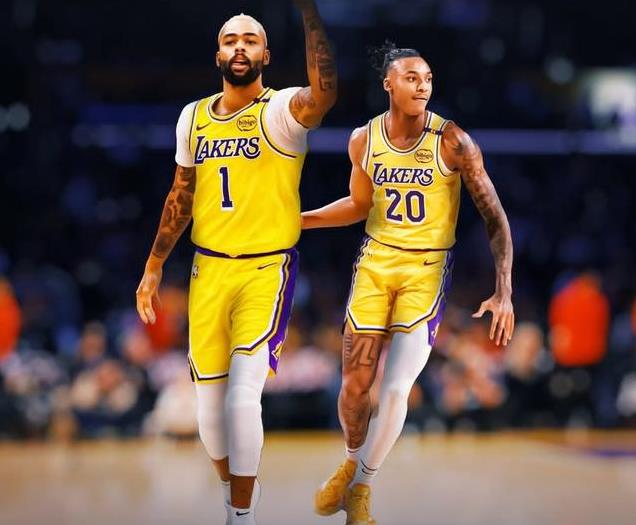
Impact on the Lakers' Roster: Further Enhancing Balance
This trade has had a significant impact on the Lakers' roster. First, the Lakers have acquired two players who excel both offensively and defensively, improving the team's depth and tactical flexibility with Finney-Smith's defense and Milton's versatile offense.
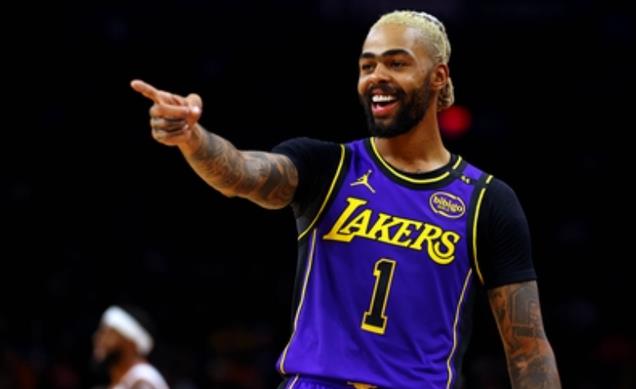
In terms of the starting lineup, the Lakers may make some minor adjustments: LeBron James and Austin Reaves could continue as the backcourt duo, Rui Hachimura and Anthony Davis taking the frontcourt positions, with Finney-Smith playing small forward and serving as a defensive anchor. This adjustment makes the Lakers more balanced on both ends of the court, especially with Finney-Smith's arrival, which significantly enhances the Lakers' perimeter defense, providing more room for Davis' interior protection.
Furthermore, Milton's addition as a backup guard effectively reduces the ball-handling pressure on James and Reaves, allowing him to take on dual roles of scoring and playmaking within the bench unit. He brings more switches between offense and defense, making the Lakers' tactical system richer and more diverse.
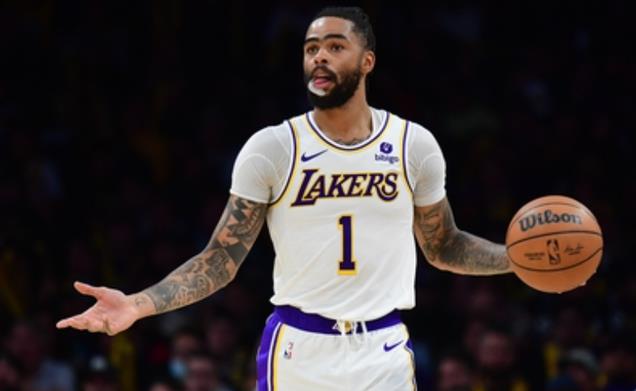
Optimizing Salary Space: Paving the Way for Future Moves
This trade is not just about enhancing the player roster; optimizing the Lakers' salary structure is equally critical. The combined salaries of Finney-Smith and Milton are far lower than Russell's 18.7million,reducingtheLakers′luxurytaxexpenditurebyover10 million and freeing up salary space. For a team already deep in luxury tax territory, this is a significant benefit.
This optimized salary space also provides the Lakers with more operational flexibility in future trades. With increased financial flexibility, the Lakers can continue to strengthen their roster during the season to address potential injuries or tactical needs. Therefore, although this trade does not bring in a superstar on the surface, it lays a solid foundation for the Lakers' subsequent moves.
The Lakers' Future Outlook: Intensifying Western Conference Competition
With the completion of this trade, the Lakers' roster has seen a significant upgrade. In the increasingly competitive Western Conference, the Lakers have undoubtedly bolstered their playoff competitiveness. Among the young Western Conference teams, if the Lakers can maintain good health, their strength will be enough to compete with any team.
While the young Western Conference teams are full of potential, the Lakers have top-tier players like James and Davis. If they can further strengthen their roster through trades and improve their depth, they have the capability to break through in the playoffs. The arrivals of Finney-Smith and Milton not only complete the Lakers' lineup but also balance their performance on both ends of the court, increasing their chances of contending for the championship.
Conclusion: The Lakers Are Planning for the Future
This trade may seem calm on the surface, but it hides profound implications. Through this trade, the Lakers have enhanced their balance on both ends of the court while optimizing their salary structure, laying a solid foundation for future operations. As Western Conference competition intensifies, the Lakers, through this strategic move, could very likely become strong contenders in the playoffs. For fans, this might just be the prelude to the Lakers' "return to glory."